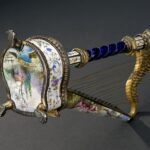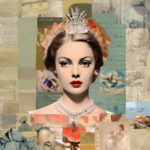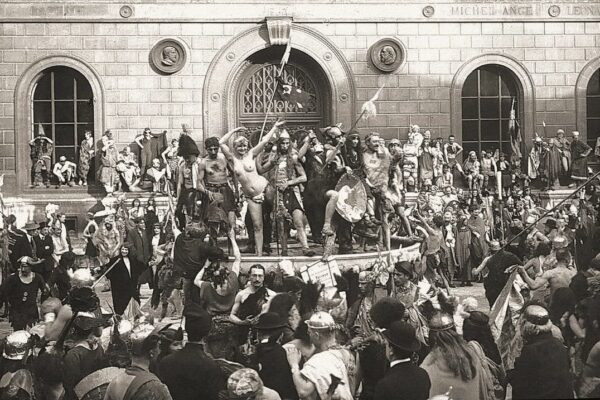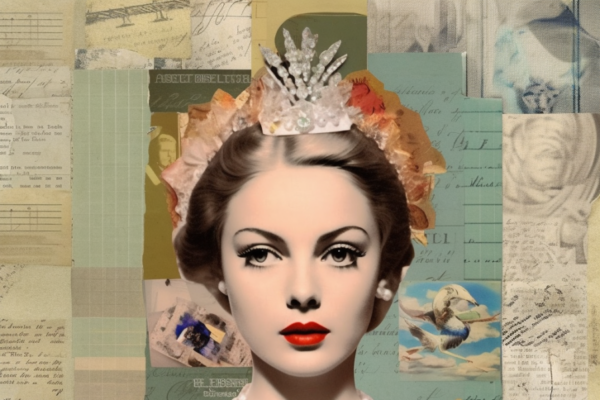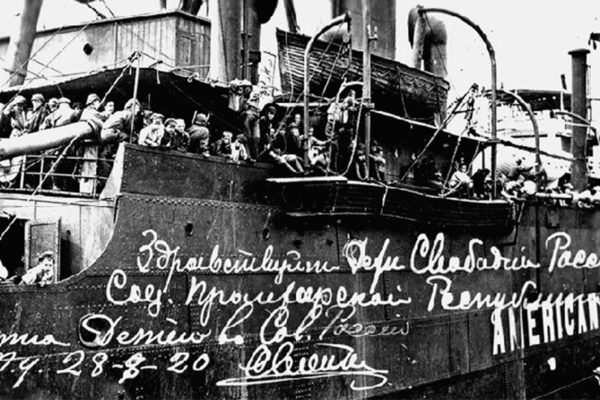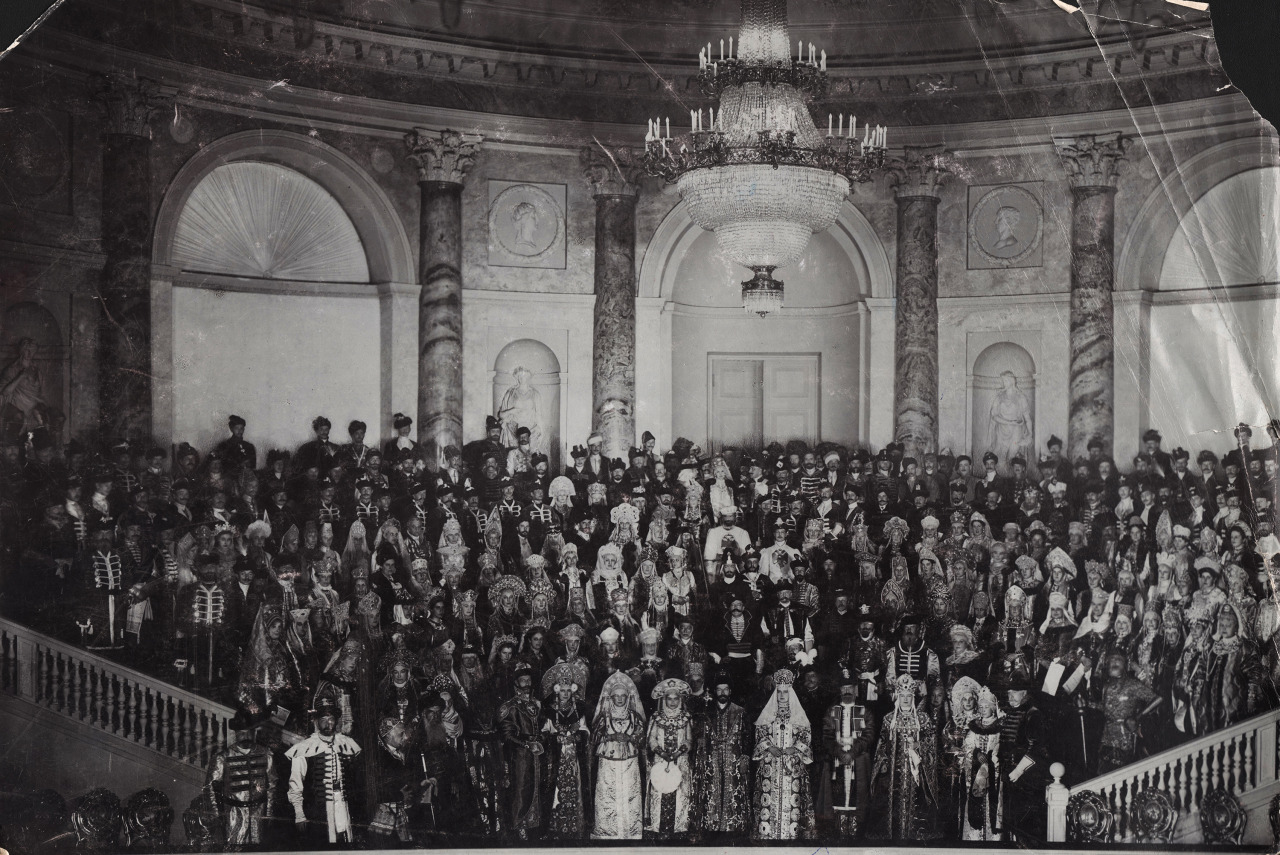
When the Russian Imperial family threw a party, they didn’t do “low key”. Even with a looming global economic crisis that would mark the beginning of the end for the Russian Empire, no expense was spared. If tsarist Russia was going down, they were going out with a bang. And so, in February of 1903, on the eve of revolution, they threw the most obscenely opulent event the world had ever seen.
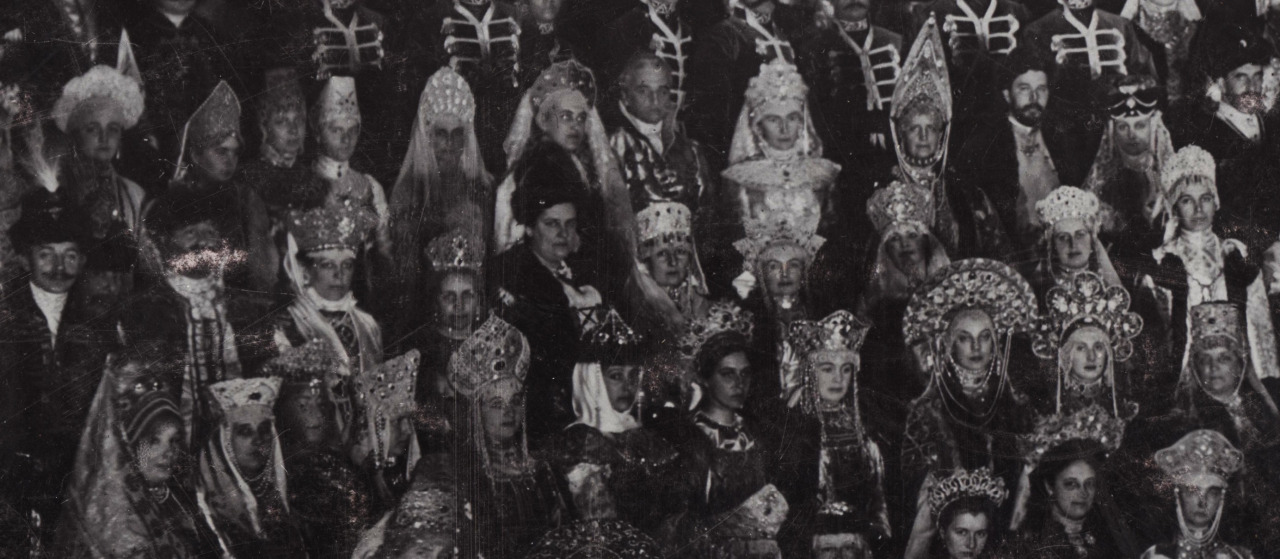
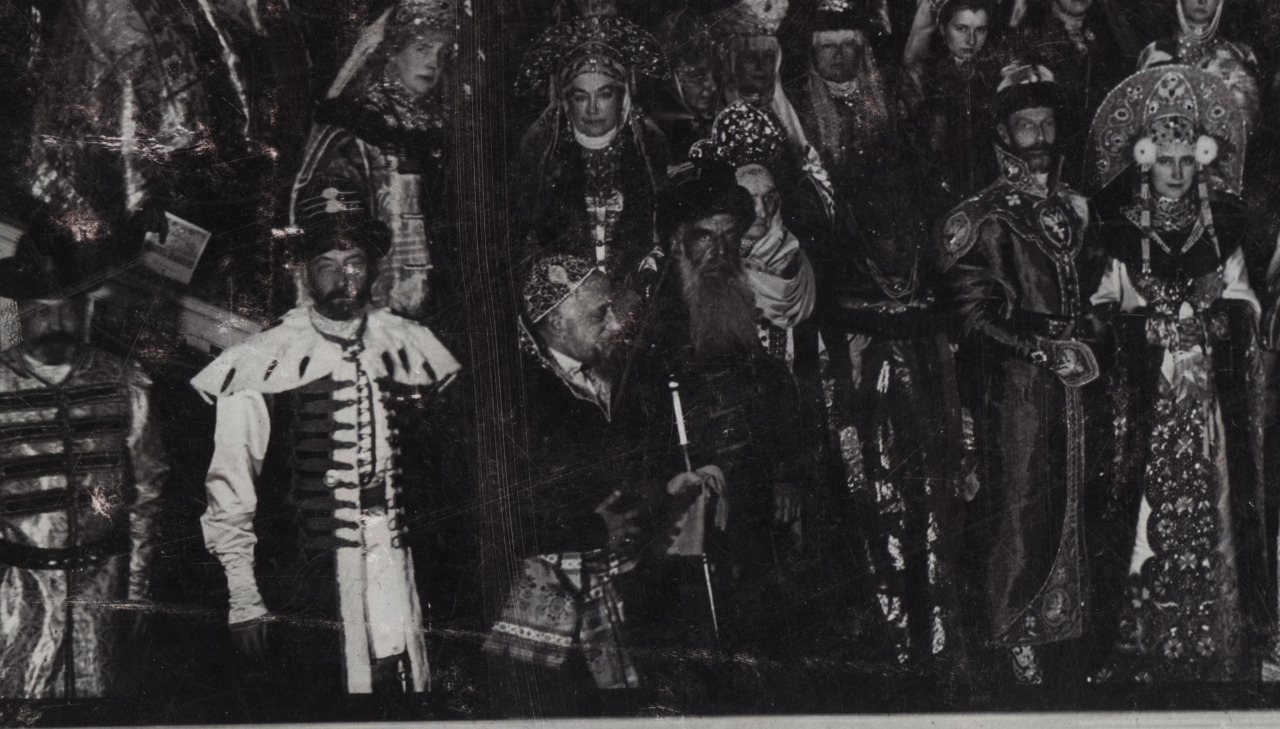
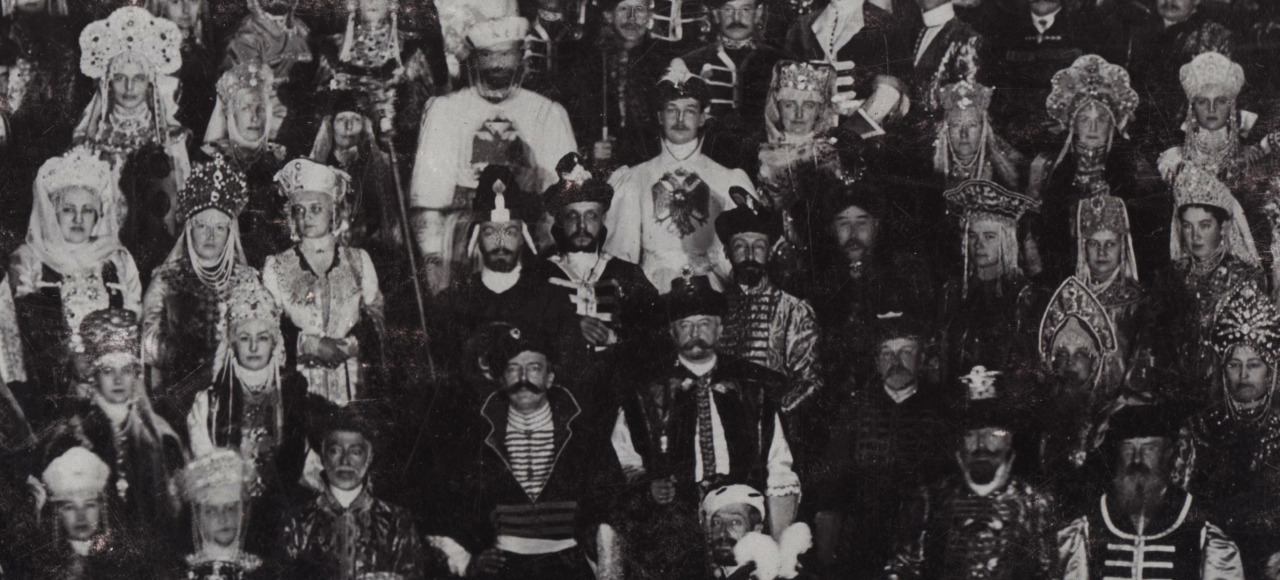
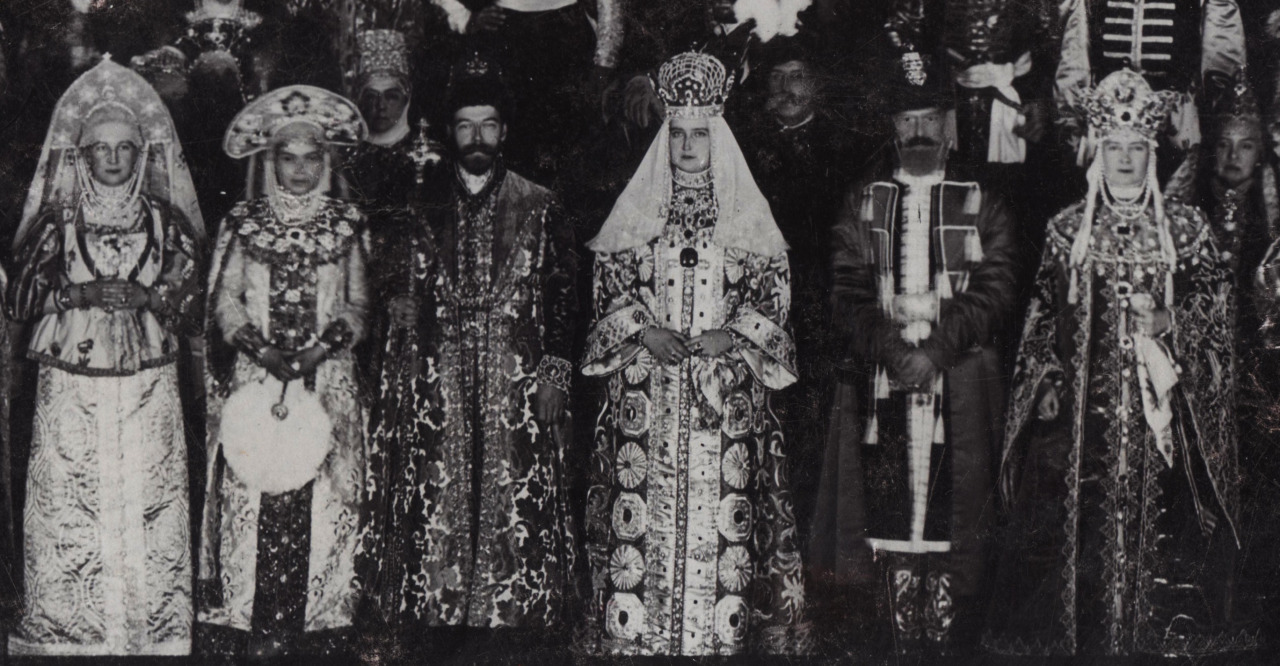
Held at the Winter Palace in St. Petersburg over two days, emperor Nicholas II invited 390 guests to a 17th-century themed national costume ball.
Nicholas’ brother-in-law, Grand Duke Alexander Mikhailovich recalled the occasion as “the last spectacular ball in the history of the empire…[but] a new and hostile Russia glared through the large windows of the palace…while we danced, the workers were striking and the clouds in the Far East were hanging dangerously low”.
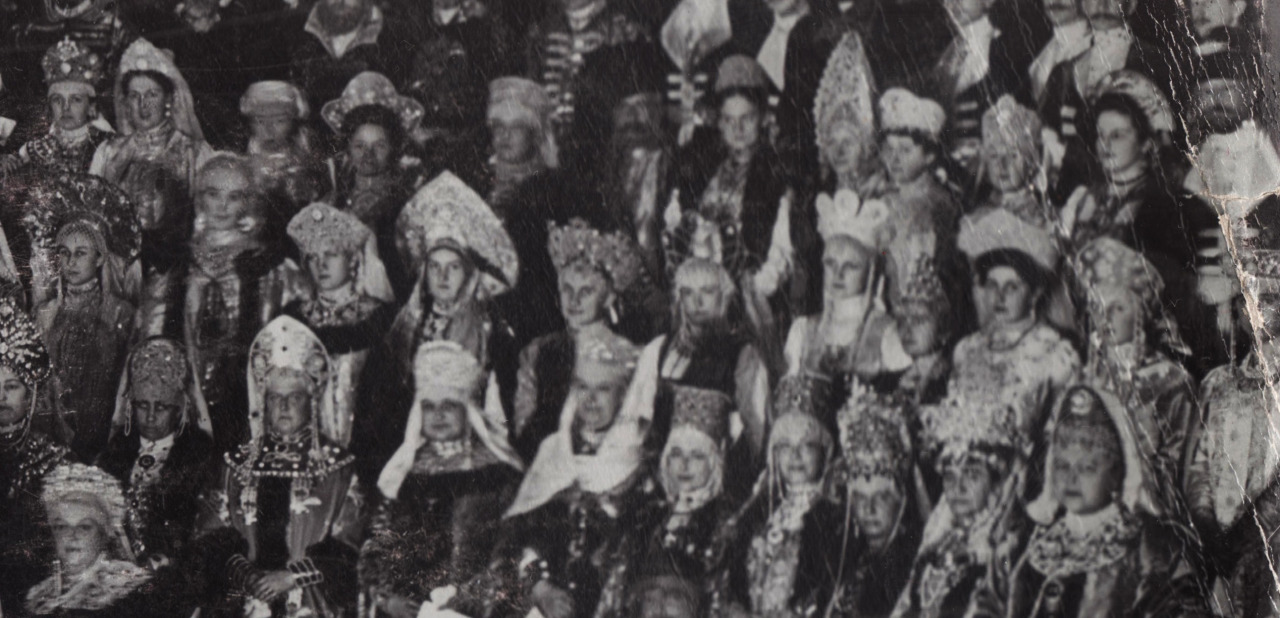
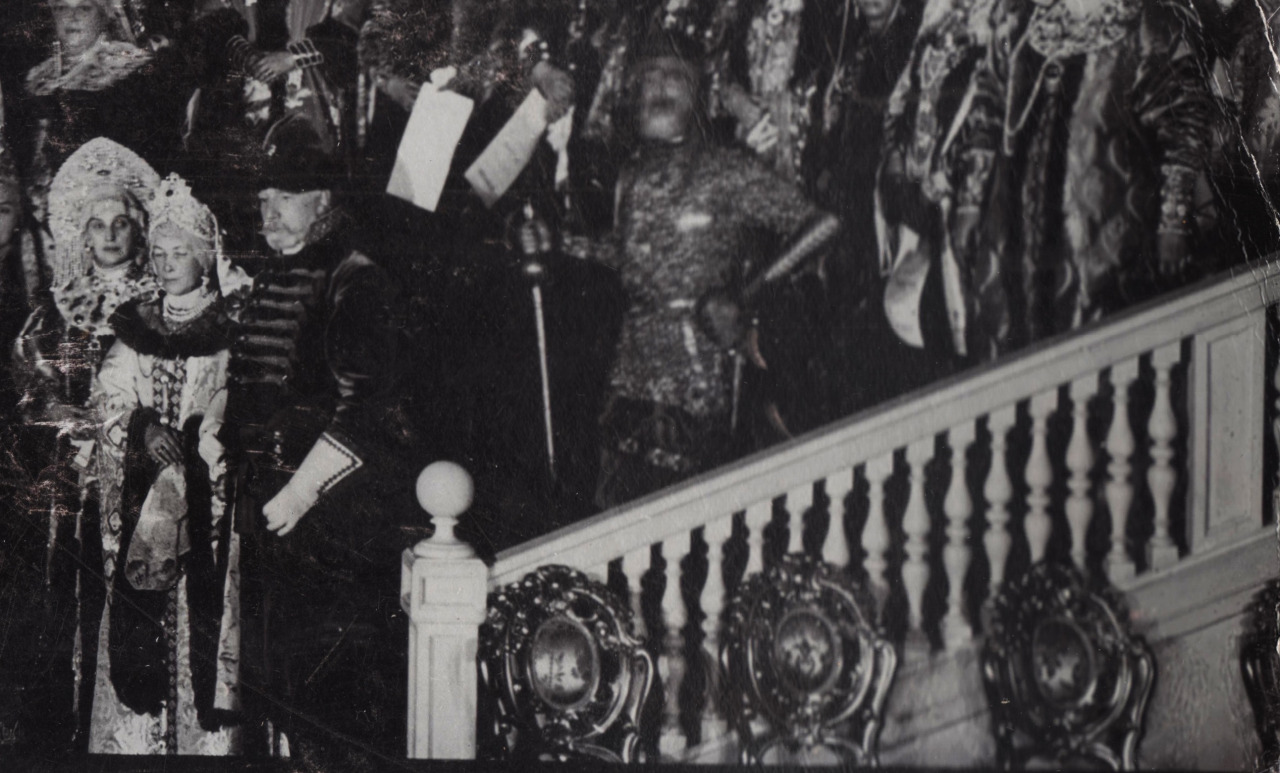
source
In what was to be their final photograph together, the entire pack gathered together on the staircase of the Hermitage’s theatre to pose for an epic family portrait. Each guest was given a golden insignia to mark his or her attendance that day at court.
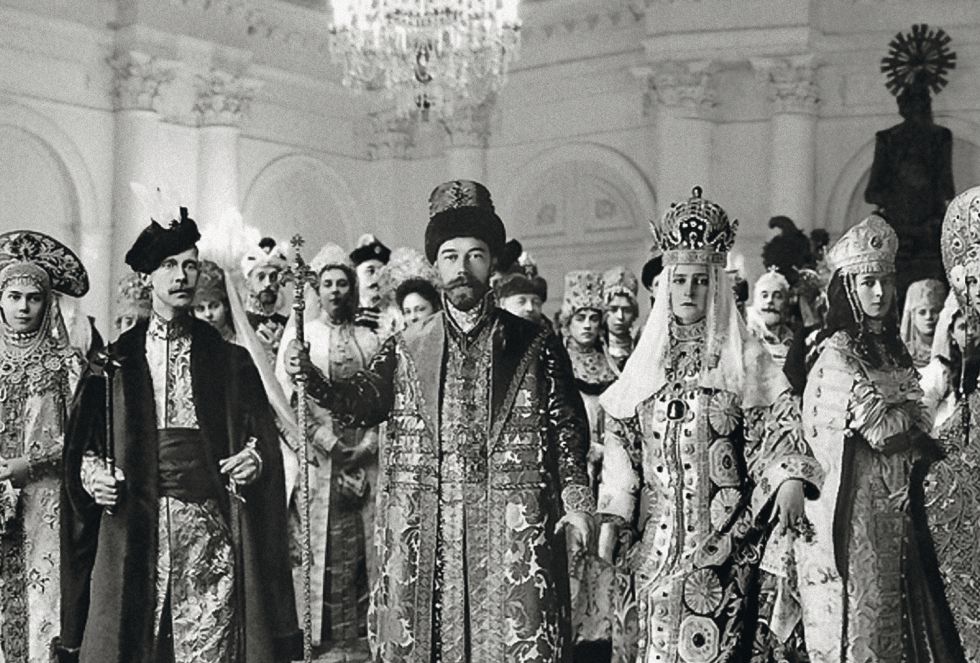
To celebrate the 300th anniversary of the Romanov dynasty, the incredibly lavish parade of 17th century costumes were inspired by the times of Alexis of Russia, the second Tsar from Romanov dynasty.
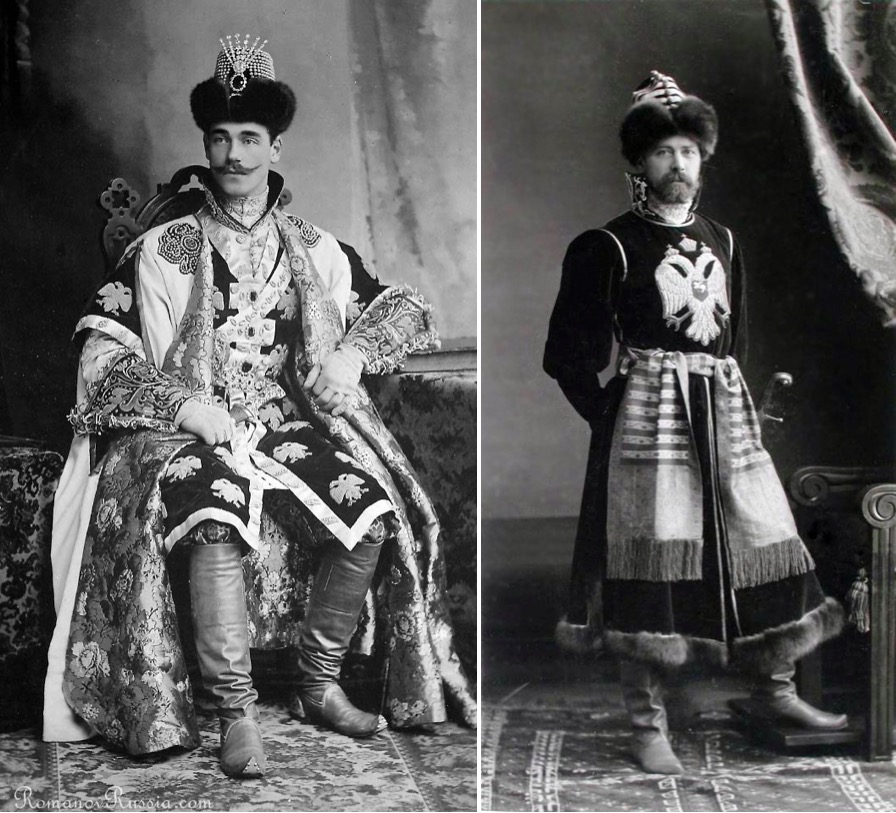
source
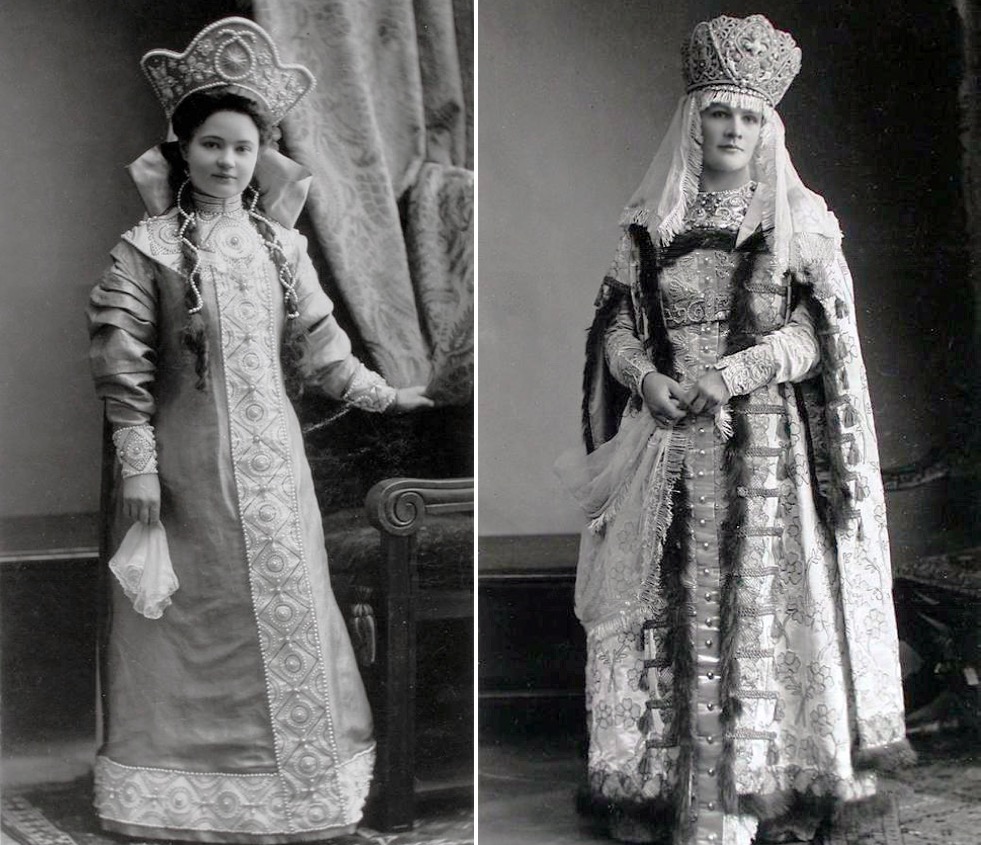
And the ladies’ headdresses no doubt stole the show…
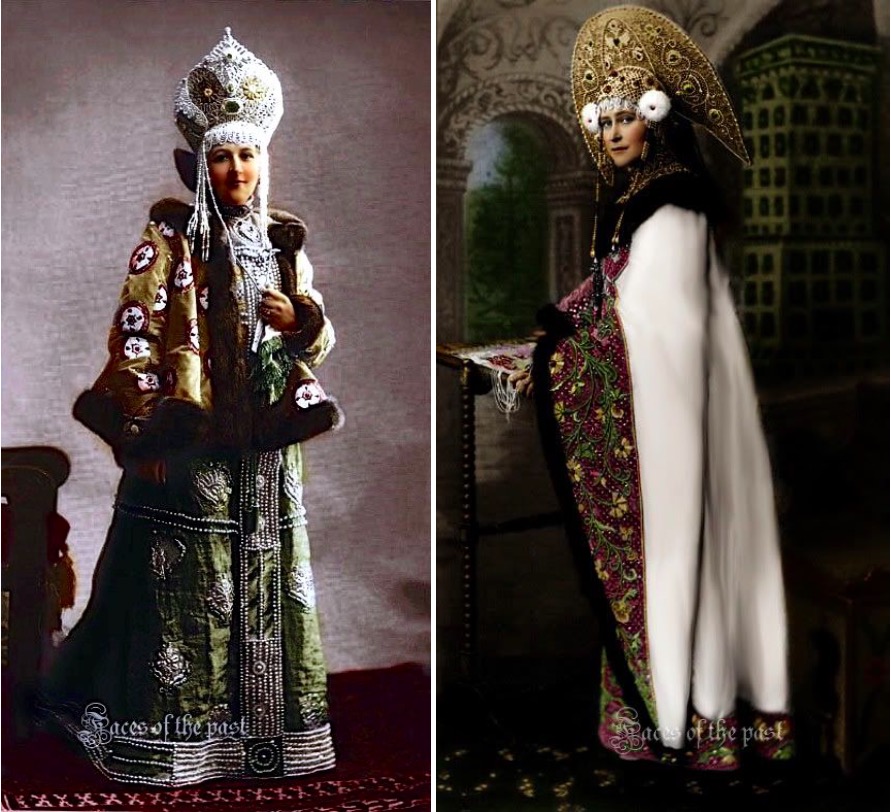
source
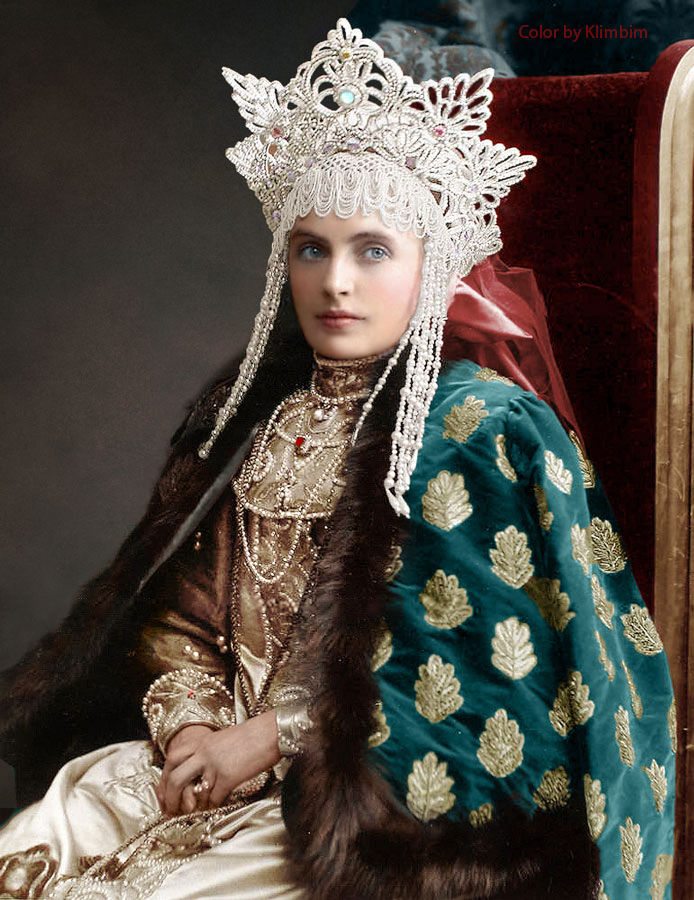
source
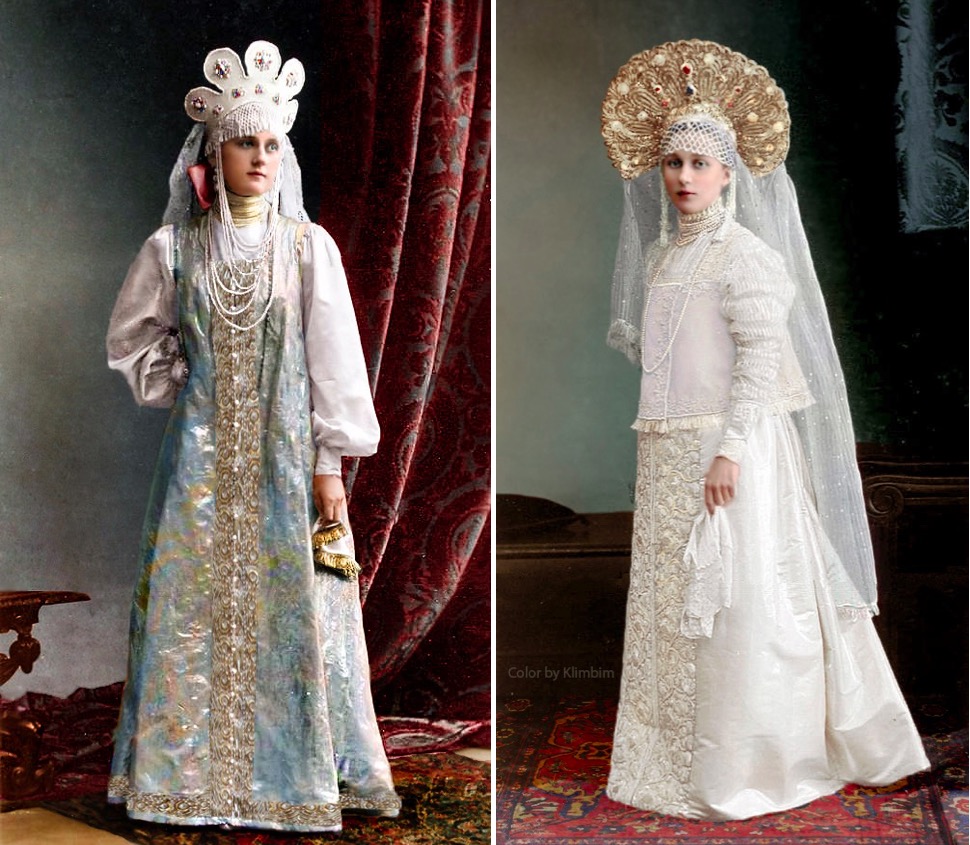
source
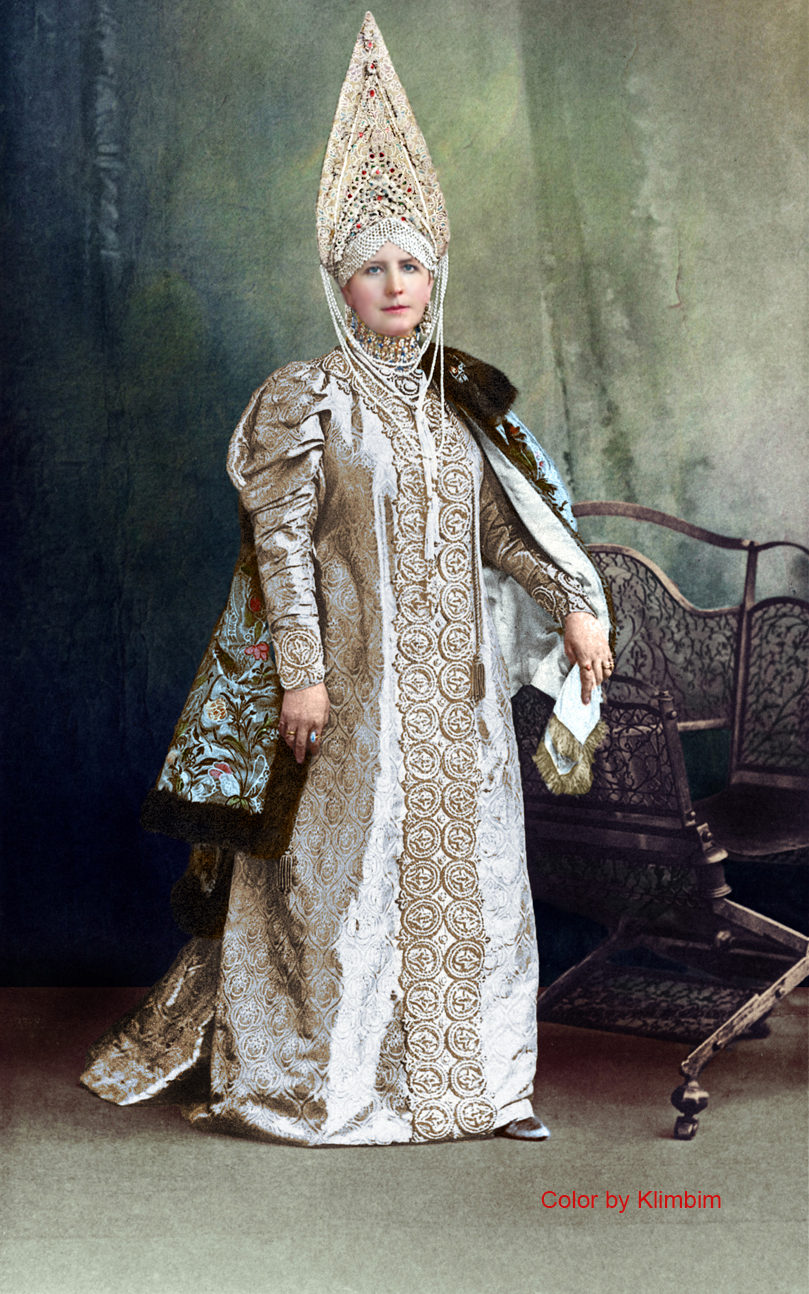
source
If you’re thinking that they look like something out of a Star Wars film, you wouldn’t be far off. In fact, these very photos inspired the Star Wars costumes for Nathalie Portman in her role as Queen Amidala.
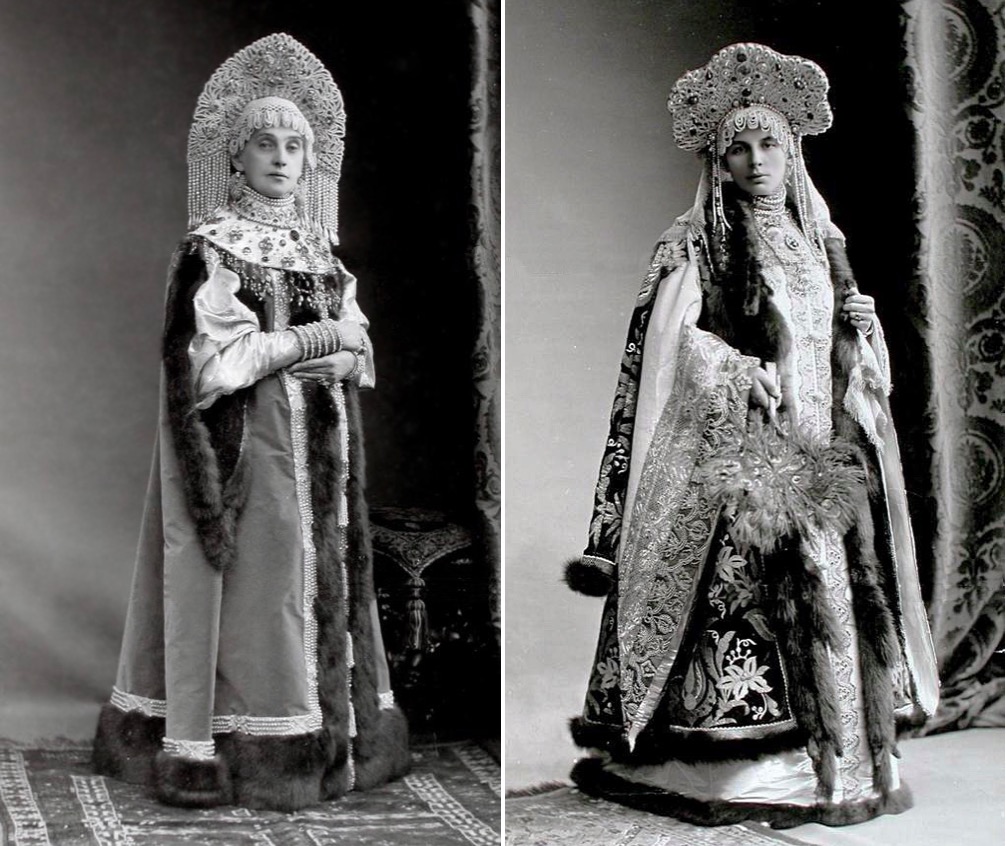
source
The extravagant head pieces, adorned with the finest family jewels, are known as kokoshniks. According to ancient Slavic folklore, a woman with an uncovered head can bring misfortune to the house: cause crop failure, livestock deaths and disease.
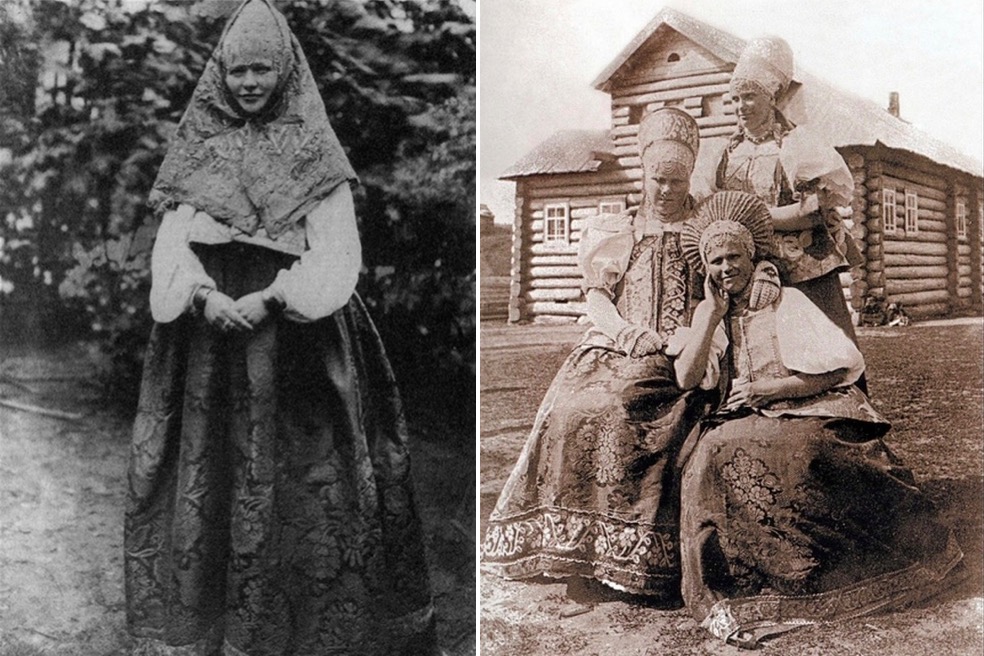
Kokoshniks were worn by villagers and royalty alike in Russia as early as the 16th century, traditionally made by village craftsmen or in monastaries, but it’s likely that they were inspired by the fashions of the Byzantine Empire (early Russians relied on trade with Byzantium for a strong economy and culture).
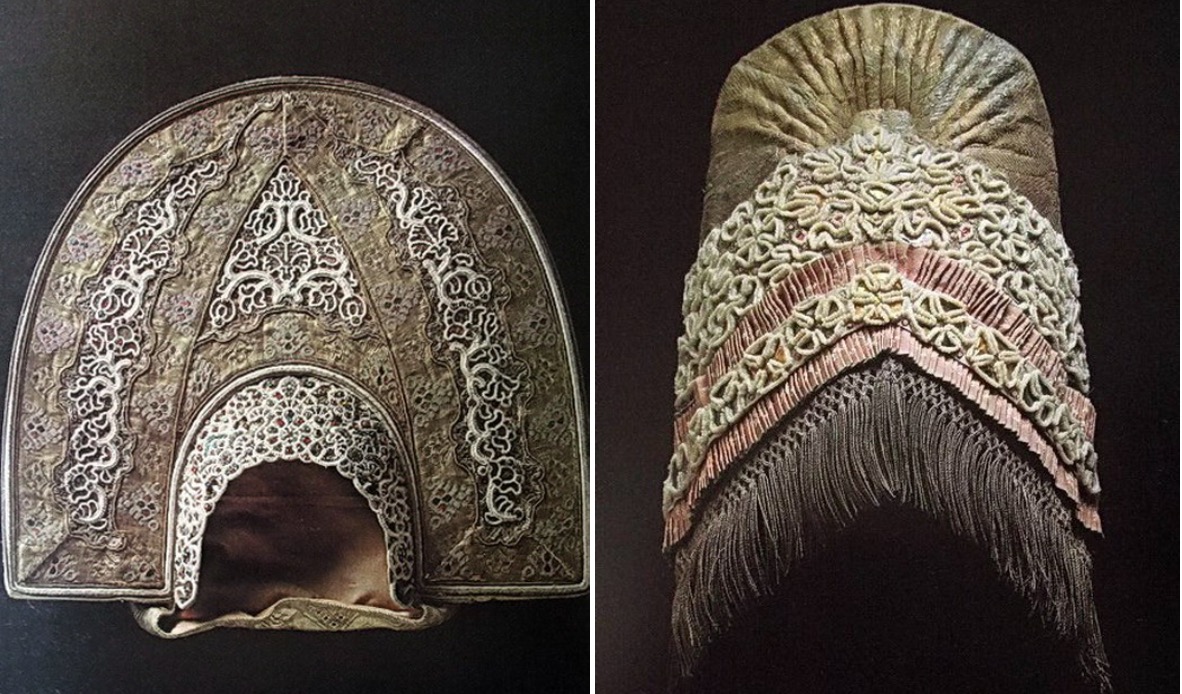
Some examples of antique kokoshnik … (source)
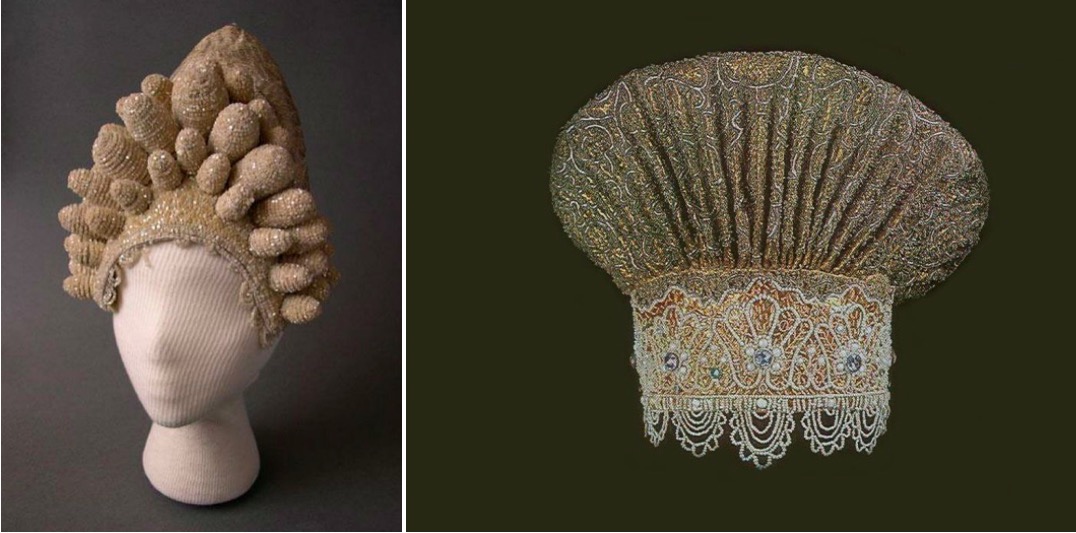
But back to the party…
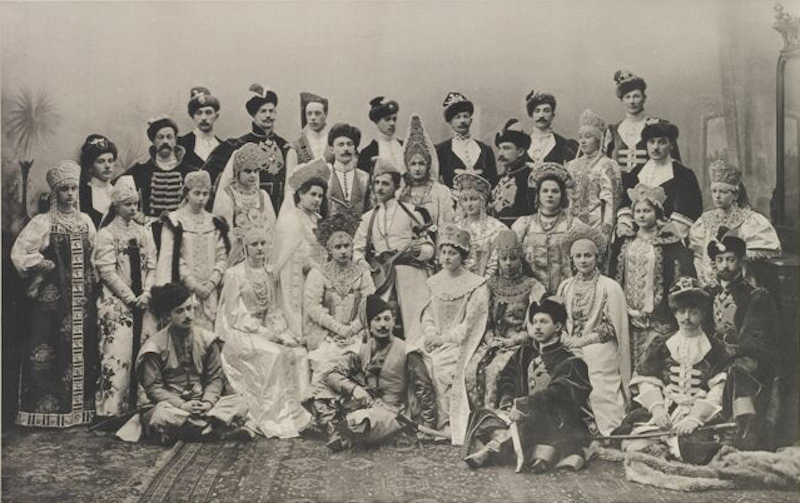
Dripping in real jewellery, guests paid a fortune for the costumes (some would be worth the equivalent of 10 million euros today).
The empress Alexandra Fedorovna wore a brocade dress decorated with silver satin and pearls topped by a diamond and emerald-studded crown and a huge emerald necklace chosen by the court jeweller, Carl Fabergé.
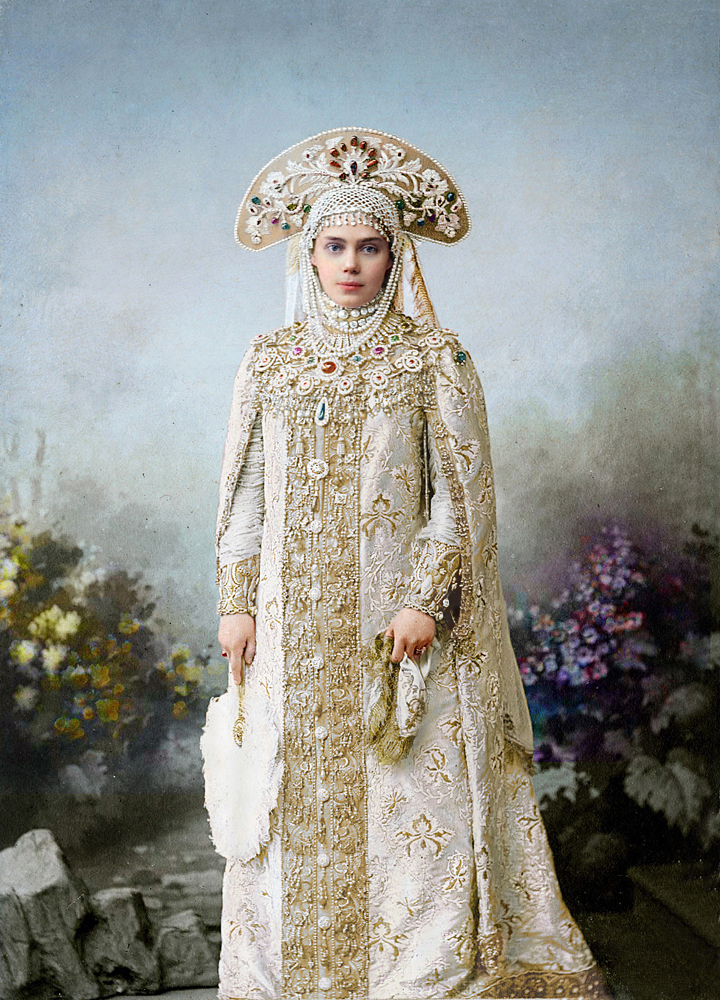
source
In an excerpt from her diaries, the Grand Duchess Olga Alexandrovna of Russia (pictured above) recalls the winter ball…
All of us appeared in seventeenth-century court dress. Nicky wore the dress of Alexis, the second Romanov Tsar, all raspberry, gold and silver, and some of the things were brought specially from the Kremlin. Alicky was just stunning. She was Maria Miloslavskaya, Alexis’s first wife. She wore a sarafan of gold brocade trimmed with emeralds and silver thread, and her earrings were so heavy that she could not bend her head.
Grand Duke Michael had asked his mother to lend him a big diamond clip to wear as an aigrette in his fur cap. The clip was of fabulous value; it had belonged to Emperor Paul I, and the Dowager Empress wore it very seldom. She lent it to her son most reluctantly.
And Michael lost it! It must have fallen off his cap while he was dancing. My mother and he were in despair – the clip being one of the crown jewels. All the halls at the palace were searched that very night. At dawn the detectives searched from basement to attic. The diamond clip was never found. “
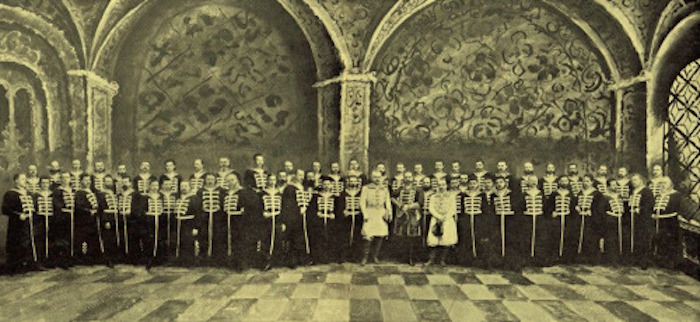
The photography from this once-in-a-lifetime party continues to inspire artists to this day and there are some amazing colorists that have worked their magic to bring the portraits to life.
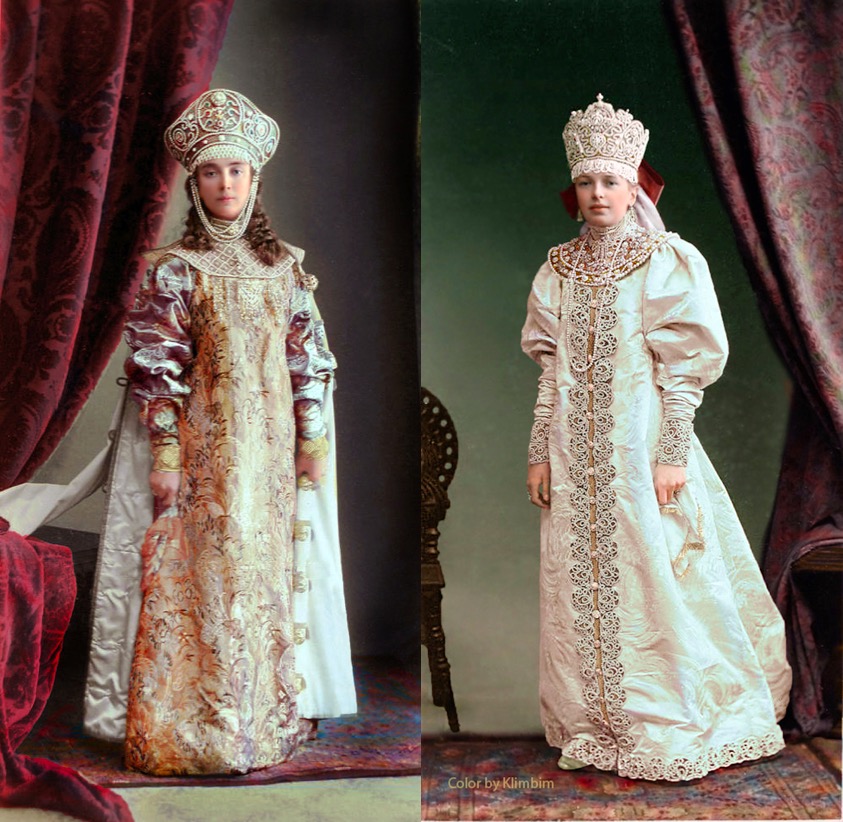
The winter ball of 1903 would be the last hurrah for these ghosts of Imperialist Russia, but no one can say they didn’t do it in regal style.


